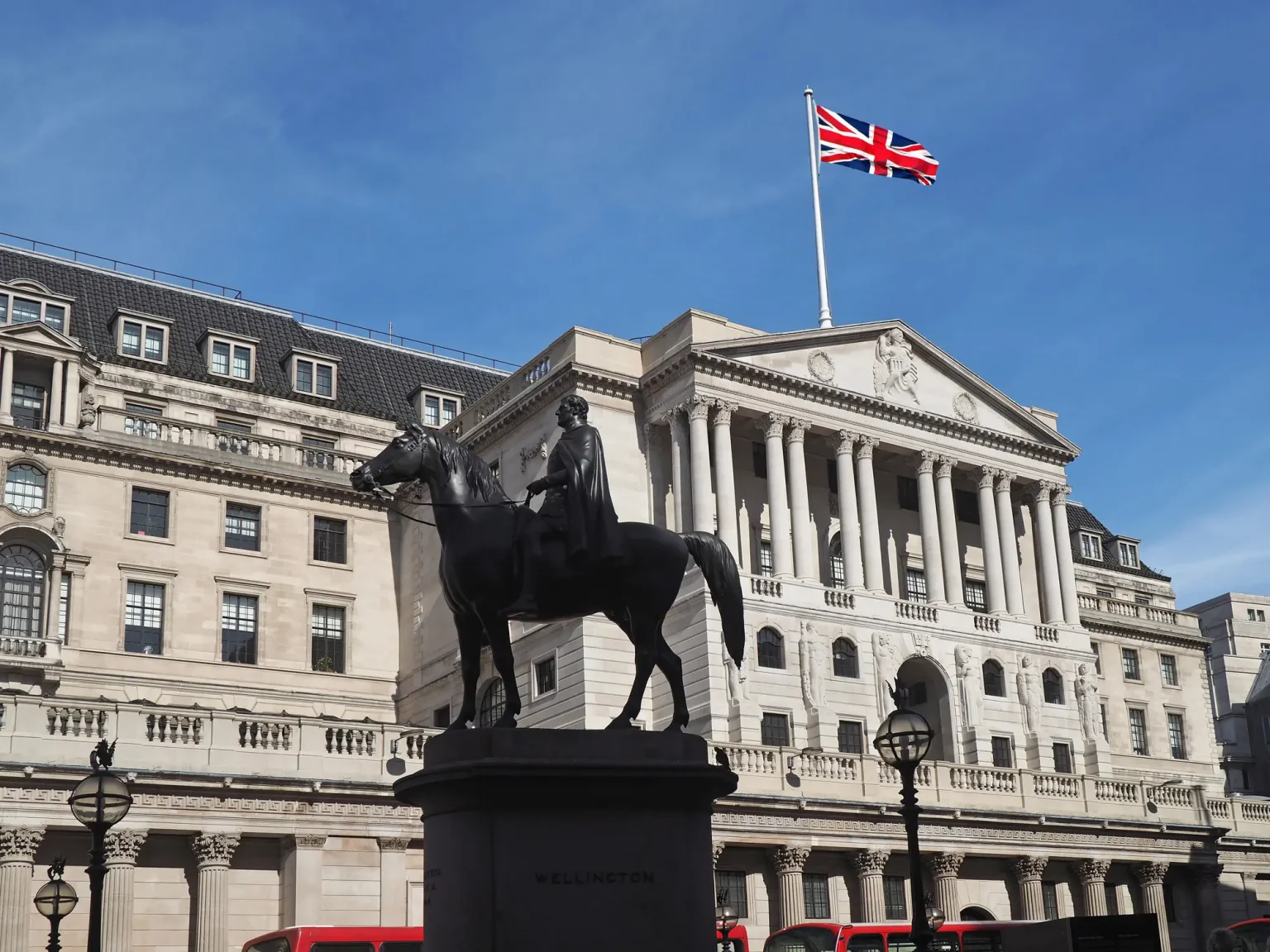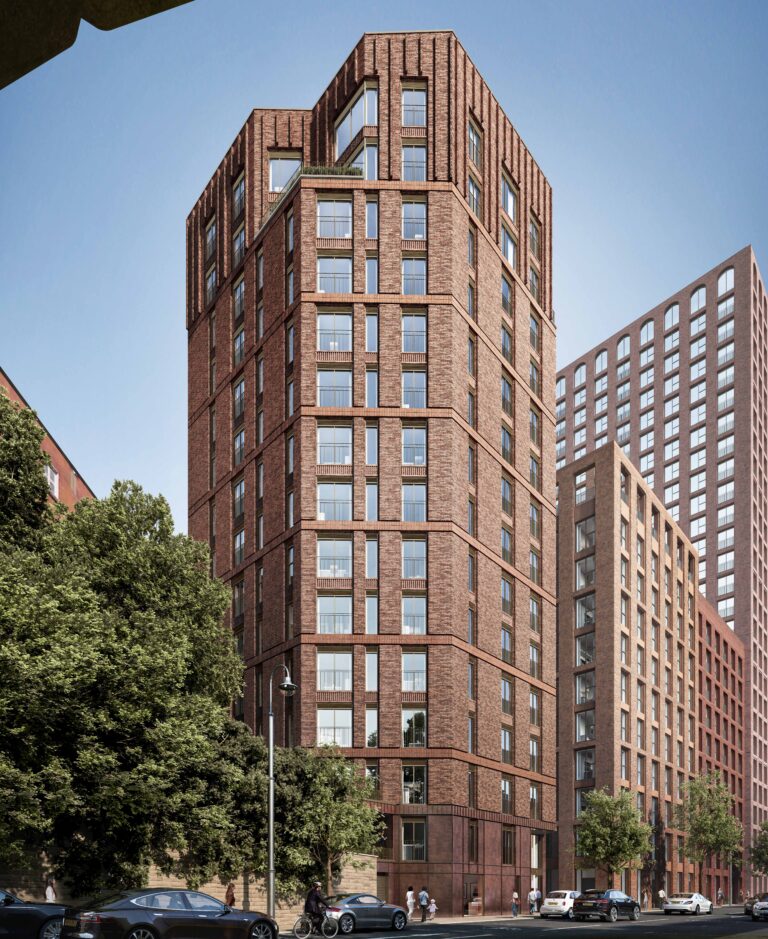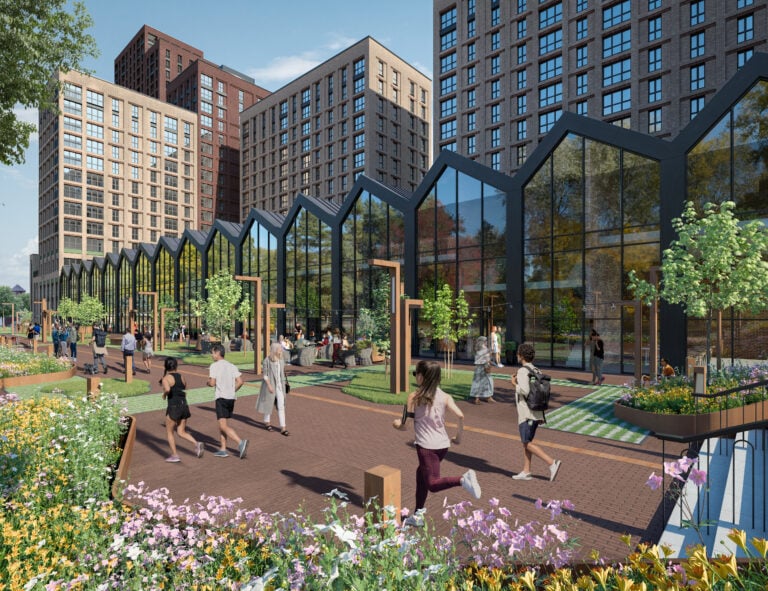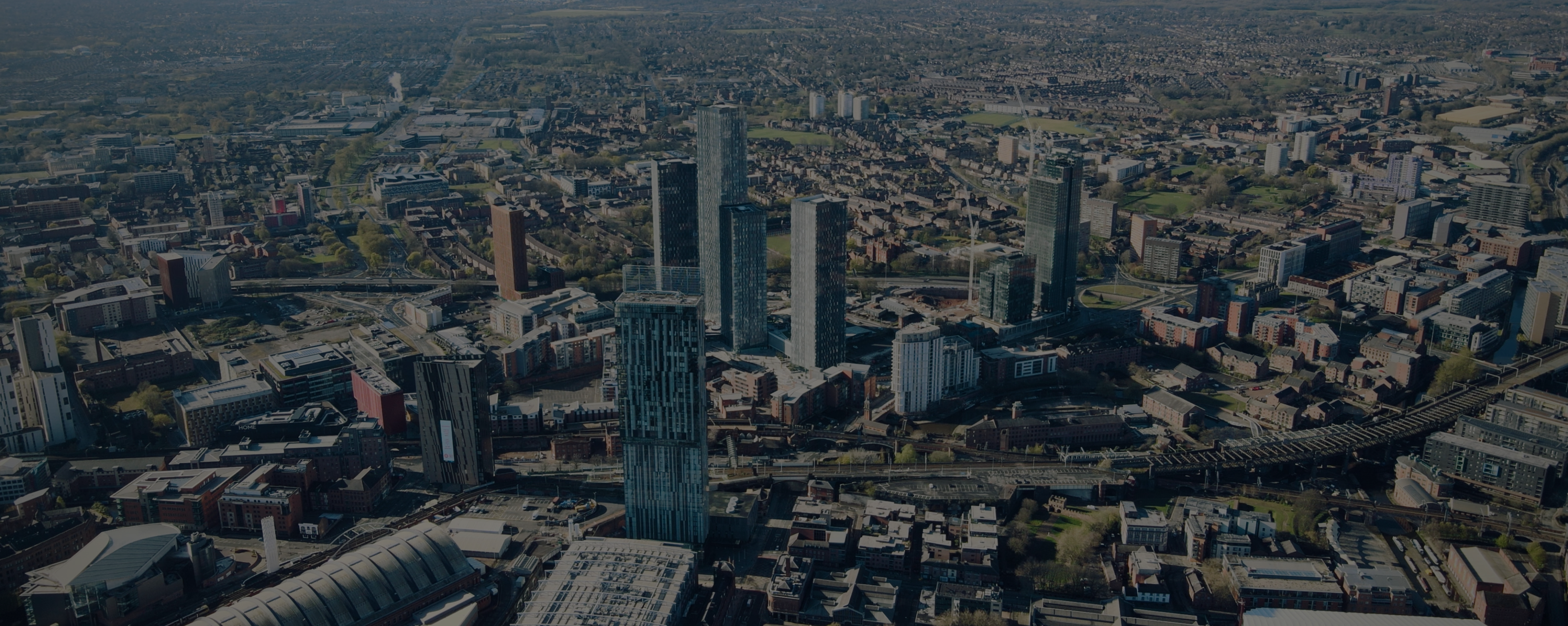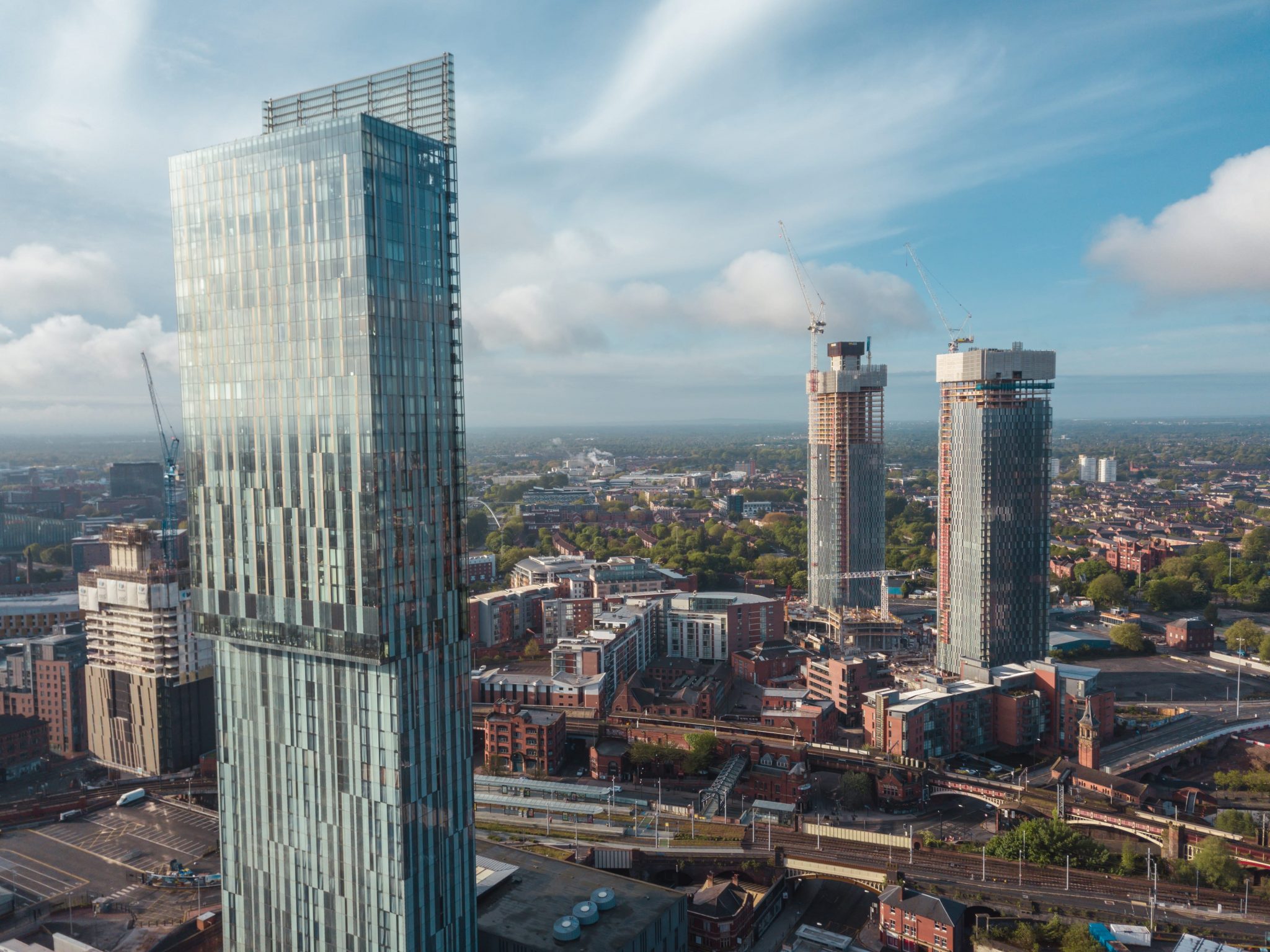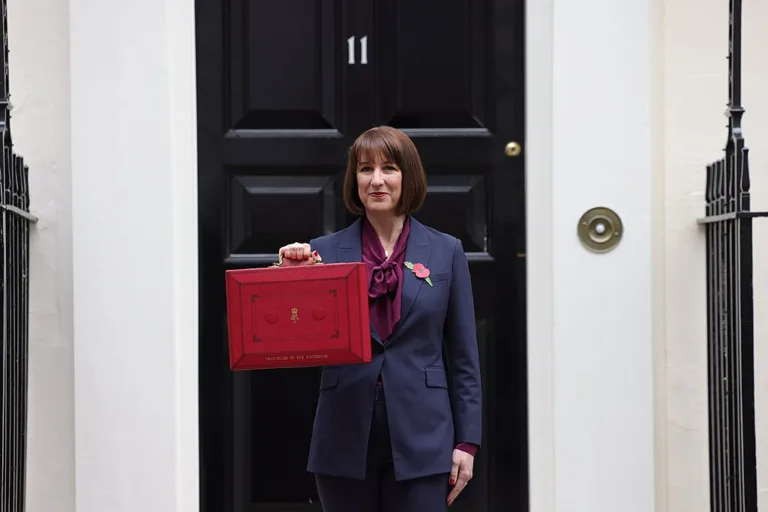The UK property market continues to see strong demand from buyers, proving that the ‘new normal’ for interest rates will not be a stumbling block.
The Bank of England announced last week it would hold interest rates at 4.5%, after some economic and global trade uncertainty led the Monetary Policy Committee to put the brakes on any further rate cuts for now.
Many economists expect the next meeting in May to lead to a fall in interest rates, after the Bank’s governor, Andrew Bailey, said rates were still on a “gradually declining path”.
For mortgage holders, lenders have remained competitive, with a spike in the number of deals available to borrowers as well as more sub-4% products emerging, despite the stagnant base interest rates.
However, while borrowing costs can certainly play a part in property market performance, trends show that not only has the market adapted to the ‘new normal’, with transactions and house prices holding strong, but the current interest rates environment is not historically unusual or high.
Interest rates pre-financial crisis
Going back to summer 2008 when the global financial crisis first hit, UK interest rates were at 5%. At the end of 2007, they had sat at 5.75%, having climbed up from the most recent low of 3.5% in October 2003.
This puts the current rate trends into perspective, in that a base rate of 4.5%, although higher than more recent norms, is of a more ‘standard’ level than many borrowers and savers had become accustomed to.
In a bid to stimulate the economy and limit the depth of the recession – which had an impact across the globe – the Bank of England began cutting interest rates shortly after US bank Lehman Brothers collapsed. This started with a cut to 4.5% in October 2008, followed by a series of further deductions that left rates at historic lows of 0.5% by March 2009.
They remained below 1% until May 2022, meaning borrowers had seen around 13 years of ultra-low rates; while savers struggled to achieve returns on their cash held in accounts.
In general, lower interest rates tend to increase spending, while higher rates tend to curb it. This is why rates are linked to inflation, and are often used as a means to achieve the Bank’s target inflation rate, which is currently 2%. The Bank will constantly reassess and nudge rates up or down depending on how much people are spending, among other factors.
Strong UK property market
Throughout this time, while there have been peaks and troughs when it comes to housing market activity and prices, the overall trend has revealed a resilient market with continually rising prices and strong demand from buyers.
According to Tom Bill of Knight Frank, “acceptance of a new normal could also underpin demand in the mortgage market, particularly when it looks like the old normal”.
He notes that interest rates are the same now as they were in March 2006, and while affordability pressures are greater and lending criteria is now tighter, strong property market transactions show that a “bank rate starting with a 4 is clearly no barrier by itself to an active property market”.
The hope, notes Tom Bill, is that the inflation outlook “should be clearer as the year progresses”, and the wider economic landscape is also becoming more settled as we move through 2025.
One of the biggest factors influencing the data over the past few months has been the change to stamp duty thresholds, which is set to come into force from 1st April. This is expected to have created a spike in the number of transactions completed during March, helping buyers to save money on their tax bill.
However, the threshold change is actually a reversal back to previous levels before the current ‘temporary’ thresholds and rates were introduced in 2022. Therefore, with demand continuing to outweigh supply, analysts believe it is unlikely to prove a major obstacle for market activity.
